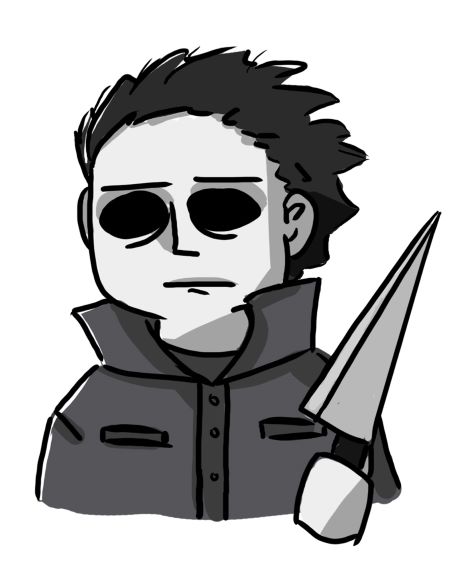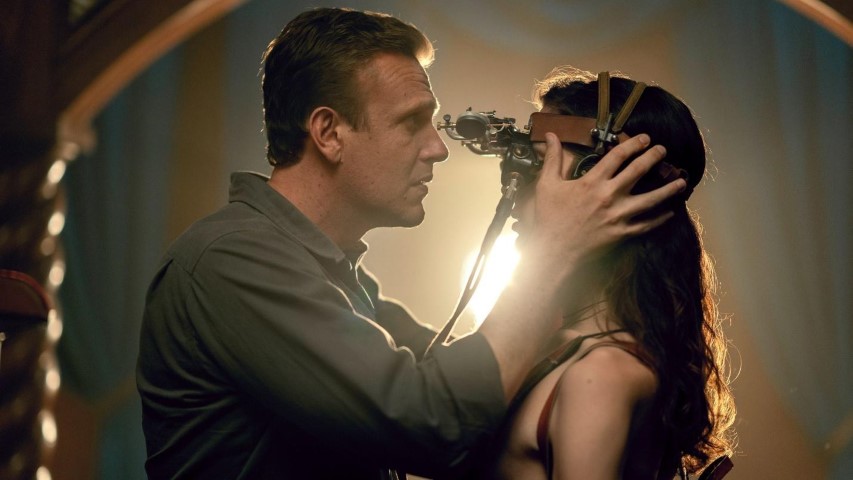
The character of Michael Myers is cold-blooded, inhumane and without remorse. He kills and lacks a conscience. He does not even speak, making him even more frightening.
John Carpenter’s 1978 classic horror film continues to scare new generations
By Brandon Yip, Senior Columnist
Halloween, pandemic or not, is a time for joyous celebrations with costume parties and children trick or treating in local neighbourhoods. It is also the time to watch scary movies. One film, the 1978 horror flick, Halloween, remains a classic. The movie’s elements of terror and suspense have aged well—except for the hairstyles and fashion. To this day, it is still a very scary movie to watch—especially if you are alone.
The pioneer film spawned an endless number of sequels and remakes. Some have been good and some have been lacking. But the first film remains a classic for fans of the horror movie genre and anyone that enjoys being scared.
Halloween takes place in the fictional town of Haddonfield, Illinois, where six-year-old, Michael Myers, murdered his teenage sister on Halloween night. Myers is sent to a sanitarium, which he escapes 15 years later. He returns to terrorize his hometown; stalking a female babysitter and her friends, while his psychiatrist attempts to apprehend him.
The character of Michael Myers is cold-blooded, inhumane and without remorse. He kills and lacks a conscience. He does not even speak, making him even more frightening. Perhaps, his famous white mask that has no mouth is apropos: a perfect symmetry with his inability to speak. As the old adage states, “Actions speak louder than words.”
Jamie Lee Curtis, in one of her earliest film roles, was the perfect choice to play Laurie Strode. In her performance, Curtis shows innocence and naïveté, yet possesses the inner strength and resolve when forced to fight for her survival when confronted by Michael Myers. Donald Pleasance, who played Myers’ psychiatrist, Dr. Sam Loomis, is convincing. He is very familiar with his client and he knows he is a dangerous threat to public safety. We believe him because he has earned our trust. So when Myers escapes while being transferred from the sanitarium to a hearing, Pleasance captures the look of shock perfectly with his eyes. Loomis had let a monster escape while in his custody. Halloween had been safe in Haddonfield for 15 years; but not anymore.
One of the scariest moments in the movie was when Michael Myers was chasing Laurie. She had escaped from his murderous grasp, after discovering the dead bodies of her friends Annie (Nancy Kyes), Lynda (PJ Soles) and Bob (John Michael Graham) while at the Wallace household. Laurie runs across the street to the Doyle household, where she was babysitting little Tommy (Brian Andrews). She slams her hands on the door repeatedly; begging for Tommy to open the door as Myers draws near. Tommy had been asleep and was slowly moving to answer the door. If there was ever a moment when drinking a Red Bull was needed to move faster, that was it.
At the end of the film, Loomis shoots Myers several times, sending him crashing over the balcony. His body lays on the front lawn, he is dead. It is all over; everyone is now safe. But as Loomis walks to the balcony to look below, Myers is gone. The camera then shows Pleasance saying nothing. Words were not necessary; his look of incredulity was enough.
Halloween was released in October 1978 with a very small filming budget of $300,000. It became a box office hit, grossing $70 million; becoming one of the most profitable independent films of all time. John Carpenter’s superb directing along with the movie’s famous piano score, which he composed, enhances the suspense level of the film.
In the 2003 documentary, Halloween: A Cut Above the Rest, John Carpenter stated Alfred Hitchcock’s 1960 movie, Psycho, was one film that influenced him. And there are several scenes in Halloween where Carpenter creates the build-up of suspense that are similar to Hitchcock. An example is one scene showing Laurie peering outside her bedroom window. She sees Michael Myers staring at her from her backyard. She is startled and scared, immediately shutting the window. The next scene shows Laurie staring out the window again and Myers is gone.
In the opening scene of the movie, Carpenter incorporates a first-person’s point of view—when young Michael Myers murders his sister. We see what Michael sees; as he slowly walks into his home, then heads to the kitchen and grabs a large knife. Afterwards, he proceeds upstairs to his sister’s bedroom. And when Michael stabs his sister; it is comparable to the famous shower scene in Psycho—where there is no need to show the violence. The audience is already visualizing the violence in their own minds.
It is evident that Halloween did not need to show blood and guts to scare audiences. Instead, like Alfred Hitchcock, John Carpenter’s Halloween makes the audiences react by using their own imagination. Sometimes, it is not what is seen, but what is not seen. And that alone can be even more terrifying.


